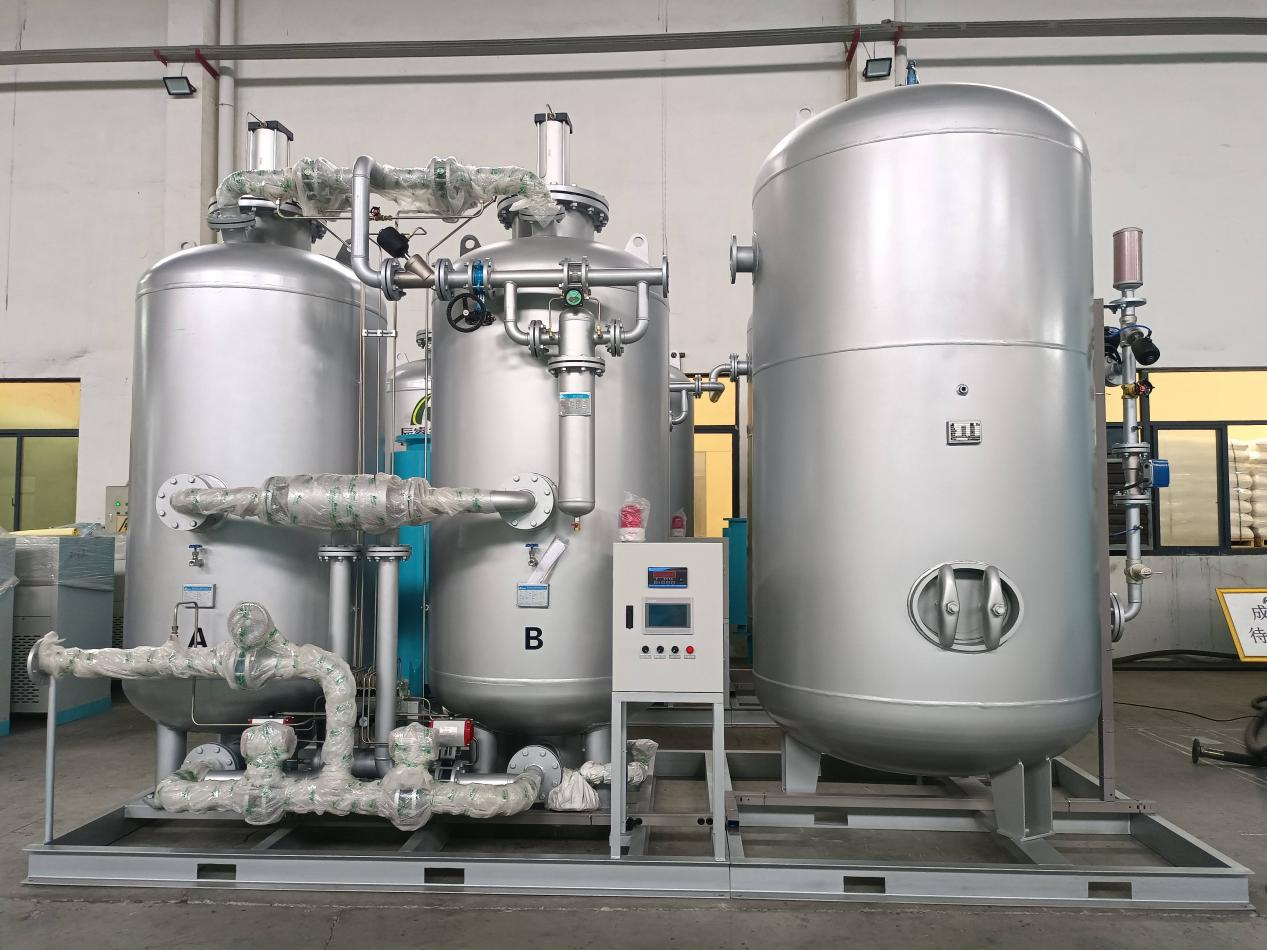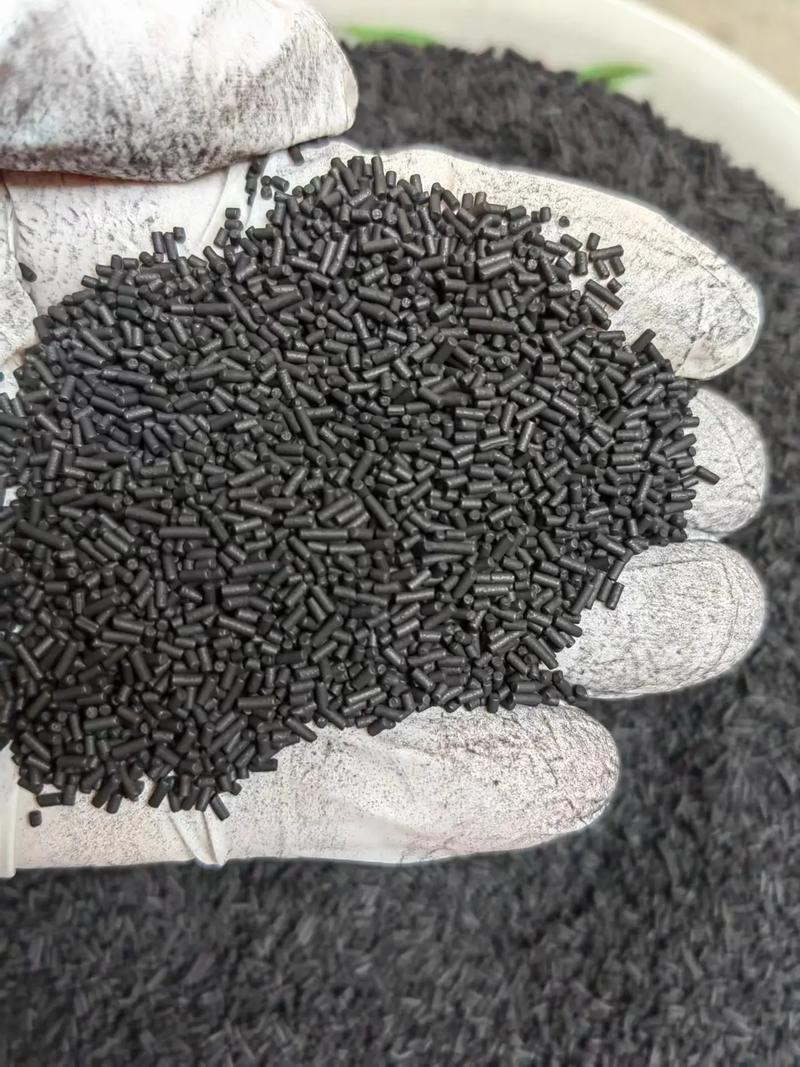In Pressure Swing Adsorption (PSA) nitrogen generation systems, carbon molecular sieve (CMS) serve as the core adsorbent material. Their performance directly determines nitrogen purity, gas production rate, energy consumption, and operational stability of the equipment.
I. Lock the Selection Benchmark
Before selecting a carbon molecular sieve, it is necessary to clarify the "target parameters" of the system to avoid blind pursuit of high performance leading to cost waste or insufficient performance failing to meet production needs. The following four core requirements should be confirmed first:
1. Nitrogen Purity Requirement
• Low purity (95%~99.5%): Suitable for simple inert protection (such as food packaging, coal storage). Molecular sieves with high adsorption capacity but medium separation factor can be selected;
• Medium and high purity (99.6%~99.999%): Suitable for electronic packaging, chemical reactions, and precision instrument protection. Molecular sieves with high nitrogen-oxygen separation factor and precise pore size distribution are required;
• Ultra-high purity (above 99.9995%): Only used in special scenarios such as semiconductors and aerospace. Special-grade high-selectivity molecular sieves are required, and they need to be matched with "two-stage adsorption" or "purification devices" of the PSA system.
2. Gas Production Rate and Pressure Requirements
• Gas production rate (Nm³/h): It is necessary to match the "nitrogen production rate per unit volume" of the molecular sieve (usually expressed as Nm³/(m³·h). Conventional CMS has a nitrogen production rate of about 20~30 Nm³/(m³·h) under 99.5% purity). Insufficient molecular sieve filling should be avoided to prevent substandard gas production rate;
• System pressure (MPa): The pressure of conventional PSA nitrogen generation is 0.6~1.0MPa. If high-pressure nitrogen generation (such as 1.2~3.0MPa) is required, molecular sieves with high compressive strength (≥95%) and good anti-pulverization performance should be selected to prevent particle breakage during high-pressure adsorption/desorption cycles.
3. Raw Gas Working Conditions
• Raw gas humidity: If the compressed air has high moisture content (such as no high-efficiency dryer is equipped), hydrophobic CMS with strong water adsorption resistance should be selected (to avoid water molecules occupying micropores and reducing nitrogen-oxygen separation efficiency);
• Raw gas impurities: If there is oil and dust (such as no precision filter), the gas source purification problem should be solved first (oil will permanently pollute CMS), and then conventional molecular sieves should be selected (no additional oil-resistant modification is required, reducing costs).
4. Equipment Operating Life
• Short-term projects (1~3 years): Conventional industrial-grade CMS(such as coal-based) with high cost-effectiveness can be selected to balance cost and performance;
• Long-term projects (5~10 years): High-quality CMS with good thermal stability and low attenuation rate (such as coconut shell-based or resin-based) should be selected. Its annual adsorption performance attenuation rate can be controlled within 3%, avoiding frequent replacement of molecular sieves.
II. Core Performance Parameters: Quantitatively Evaluate Carbon Molecular Sieve Quality
The performance of carbon molecular sieves is quantified by key parameters. The following 6 indicators should be focused on to avoid being misled by "generalized publicity":
1. Nitrogen-oxygen separation factor (α(N₂/O₂)), When purity ≥99.9%, α value must be ≥4.8; when purity <99.5%, α value ≥4.2 can meet the demand.
2. Adsorption capacity (mL/g),For scenarios with high gas production requirements (such as continuous chemical production), CMS with adsorption capacity ≥22mL/g should be preferred
3. Compressive strength (MPa),The amount of O₂ adsorbed by unit mass CMS under standard working conditions (conventional ≥20mL/g). The higher the capacity, the greater the gas production potential
4. Bulk density (g/cm³),Mass of unit volume CMS (conventional 0.65~0.75g/cm³). Excessively high bulk density may lead to high bed resistance
5. Water adsorption rate (%),In high-humidity areas in southern China or systems with insufficient dryer efficiency, hydrophobic CMS with water adsorption rate ≤3% should be selected
6. Thermal stability (℃),For systems with high ambient temperature in summer (such as outdoor installation) or high desorption gas flow temperature, CMS with thermal stability ≥180℃ should be selected
7. Performance attenuation rate (%/year),For systems operating continuously (≥8000h/year), CMS with attenuation rate ≤3% must be selected to reduce maintenance costs
III. Key Notes: Avoid Selection Misunderstandings and Risks
1. Avoid Judging Performance Only by "Iodine Value"
Iodine value is an indicator to measure the adsorption capacity of activated carbon, not the core parameter of carbon molecular sieves (the key of CMS is "nitrogen-oxygen selectivity", not total adsorption capacity). Some manufacturers mislead users with high iodine value (such as above 1000mg/g). It is necessary to clarify: Iodine value has no direct correlation with nitrogen-oxygen separation factor. Focus on separation factor and O₂ adsorption capacity.
2. Be Alert to the Trap of "Uniform Particle Size"
The conventional particle size of CMS is 1.5~2.5mm (cylindrical) or 2~3mm (spherical), but it is not the best to have "completely uniform size":
• Too small particles: High bed resistance and increased energy consumption;
• Too large particles: Slow adsorption/desorption speed, affecting gas production rate;
• Selection criteria: The particle size deviation is ≤0.3mm, and a small amount of small particles should be included (to fill the bed gap and improve adsorption efficiency).
3. Verify "Performance Under Actual Working Conditions"
The parameters provided by manufacturers are mostly under "standard working conditions" (25℃, 1atm, dry air). It is necessary to request a performance report under target working conditions (such as the nitrogen purity curve when the user's raw gas humidity is 60% and pressure is 0.8MPa) to avoid substandard performance during actual operation.
4. Pay Attention to "Regeneration Performance"
PSA systems rely on "pressurization adsorption - decompression desorption" cycles. The regeneration performance of CMS (O₂ desorption efficiency during desorption) directly affects energy consumption: High-quality CMS has an O₂ desorption rate ≥95% when the desorption pressure is ≤0.15MPa, which can reduce the load of the vacuum pump and reduce energy consumption.
IV. Selection Examples for Typical Application Scenarios
More information needed please contact joyce:whatsapp +8619943903427




